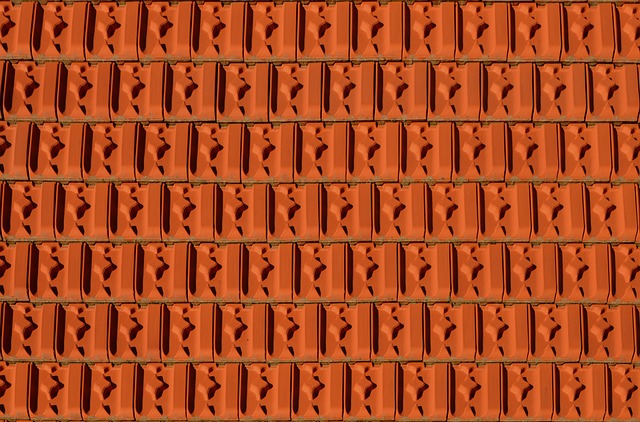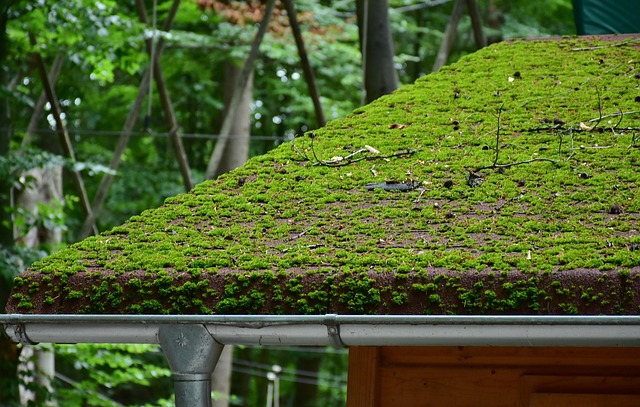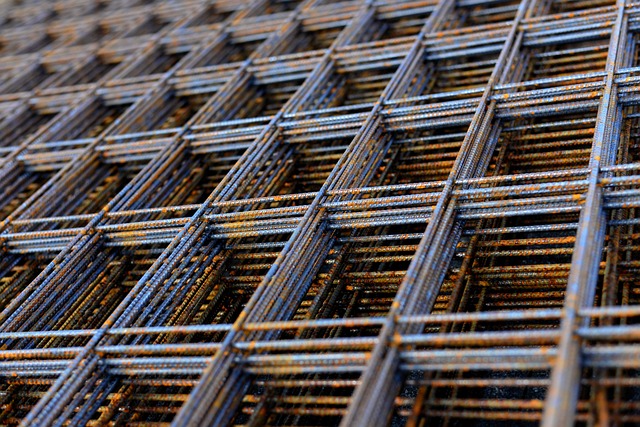When choosing roofing for your home, consider options like asphalt shingles, metal panels, ceramic tiles, slate, or wood shakes, each offering unique aesthetics and advantages tailored to climate, style, and budget. Opt for long-lasting, durable materials like metal roofing for enhanced durability, energy efficiency, and reduced maintenance. Modern durable options provide cost savings over time while outperforming traditional choices in harsh weather conditions. Durable roofing materials contribute to environmental sustainability, with eco-friendly alternatives reducing waste and carbon emissions. Proper installation and regular maintenance ensure extended lifespans, better protection, lower energy costs, and increased property value.
Roofing is a critical component of any residential home, offering protection from the elements and enhancing curb appeal. Choosing the right roofing materials can be a daunting task, but it’s essential for long-term durability and peace of mind. This comprehensive guide explores various durable roofing options for residential properties, factoring in style, functionality, and environmental impact. From traditional to modern choices, we’ll navigate you through the process, empowering informed decisions for your home’s protection.
Understanding Your Roofing Options: A Comprehensive Overview

When considering roofing materials for your residential home, understanding your options is key to making an informed decision. Today’s market offers a wide array of durable roofing materials designed to cater to various styles, climates, and budgets. From traditional asphalt shingles to innovative metal panels, each option boasts unique features and benefits that can impact the long-term performance and aesthetics of your roof.
Asphalt shingles remain a popular choice due to their affordability and ease of installation. On the other hand, metal roofing has gained traction for its superior durability and resistance to extreme weather conditions. Other options include ceramic tiles, slate, and wood shakes, each offering distinct visual appeals and varying levels of longevity. Understanding the pros and cons of each material will help you select a roof that not only enhances your home’s curb appeal but also provides reliable protection for years to come.
Factors to Consider When Choosing Durable Roofing Materials

When selecting roofing materials for your residential home, several factors come into play to ensure durability and longevity. First and foremost, consider the climate conditions specific to your region. Different weather patterns, such as heavy rainfall, extreme temperatures, or frequent storms, demand roofing solutions that can withstand these challenges. For instance, in areas prone to high winds, asphalt shingles might not be the best option due to their potential for damage during severe weather.
Another crucial aspect is the material’s resistance to degradation from elements like sunlight, moisture, and fungi. Natural materials like wood shakes or tiles offer aesthetic appeal but require more maintenance and may not be as durable as synthetic alternatives. In contrast, metal roofing, known for its longevity, can withstand harsh conditions and has a low risk of deterioration over time. Additionally, considering the energy efficiency of the material is essential; reflective coatings on metal or tile roofs, for example, can reduce heat absorption, leading to lower cooling costs.
Traditional vs. Modern: Exploring Popular Roofing Choices

In the ever-evolving landscape of residential construction, homeowners and builders alike are continually seeking out both traditional and modern roofing solutions. The choice between these two categories is often driven by factors such as aesthetics, durability, and cost-effectiveness. Traditional roofing materials like asphalt shingles have long been a popular choice for their affordability and relative ease of installation. However, as technology advances, modern roofing options—such as metal or tile roofs—have emerged as game-changers in the industry.
These contemporary alternatives offer superior durability and longevity, making them ideal for regions with harsh weather conditions. Metal roofs, for instance, are known for their resistance to corrosion, while tiles provide excellent insulation properties, contributing to energy efficiency. Although these modern options may come with a higher upfront cost, they often prove more cost-effective in the long run due to their reduced maintenance requirements and extended lifespans compared to traditional durable roofing materials.
The Benefits of Long-Lasting Roofs for Residential Properties

Having a long-lasting roof is essential for any residential property, offering numerous benefits that go beyond aesthetic appeal. Durable roofing materials not only protect homes from the elements but also provide financial savings in the long run. Unlike traditional roofs with shorter lifespans, long-lasting options can withstand extreme weather conditions, including heavy rainfall, strong winds, and intense sunlight, ensuring your home remains secure.
The longevity of these roofs translates to reduced replacement costs and less frequent maintenance calls, which can significantly lower homeowners’ expenses over time. Additionally, modern durable roofing materials often come with environmental advantages, as many are designed to reflect sunlight, reducing the need for air conditioning and contributing to energy efficiency.
Common Durable Roofing Materials and Their Unique Features

In the pursuit of robust and long-lasting protection for residential homes, homeowners often seek out durable roofing materials. Asphalt shingles top the list due to their affordability and ease of installation. They offer a wide range of styles and colors, catering to diverse architectural designs. Moreover, modern asphalt shingles are engineered with enhanced durability, reflecting and absorbing sunlight to improve energy efficiency.
Metal roofing has emerged as another prominent choice among durable roofing materials. Its longevity, resistance to corrosion, and excellent heat reflection make it an eco-friendly option. Metal roofs can withstand extreme weather conditions and offer low maintenance requirements. The versatility of metal allows for unique designs, adding aesthetic value to homes while ensuring superior protection against the elements.
Environmental Impact: Eco-Friendly Roofing Solutions

The choice of roofing materials can significantly impact the environmental footprint of a residential home. Traditional roofing options often contribute to carbon emissions and waste, highlighting the growing need for eco-friendly alternatives. Durable roofing materials play a crucial role in sustainable construction, offering both longevity and reduced environmental impact.
One such solution is the increasing popularity of recycled content roofing products. These materials not only provide excellent durability but also divert waste from landfills, reducing the demand for new resources. Additionally, energy-efficient roofing options, such as reflective or cool roofs, can lower a home’s energy consumption by managing temperature regulation, thereby decreasing greenhouse gas emissions.
Installation, Maintenance, and Lifespan: Ensuring Optimal Performance

The installation process plays a significant role in determining the longevity and performance of roofing materials. For residential homes, ensuring proper installation is crucial for protecting against water damage, leaks, and structural issues. Professional installers adhere to manufacturer guidelines and building codes, guaranteeing that each component—from underlayment to shingles—is securely fastened. Regular maintenance, including cleaning gutters and inspecting for loose or damaged shingles, further enhances the durability of roofing materials.
Durable roofing materials not only withstand harsh weather conditions but also require minimal upkeep over their extensive lifespans. Proper installation and routine maintenance can extend the service life of roofing systems by preventing premature wear and tear. As a result, homeowners benefit from increased protection against elements, reduced energy costs due to efficient insulation, and a beautiful exterior that enhances property value—all contributions of high-quality, durable roofing materials.
